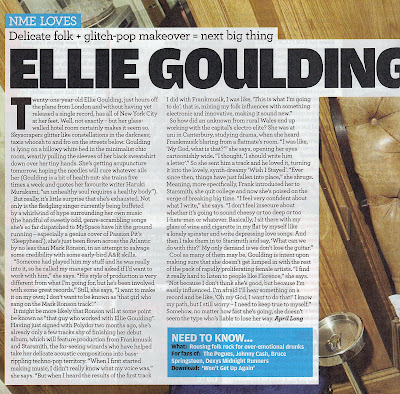I personally feel that i will include an EDITOR'S LETTER into my contents page as i feel that it is a good way as a magazine as a whole to personally communicate with readers on a deeper level.
I have searched some images for editors letters and one from my own music magazine i had purchased, and two from a magazine of a different genre so i can recognise the differences and similarities of conventions and techniques:


Here are two editors letters from two different magazines (fashion magazines) and straight away you can recognise some main conventions: A image of a story or the editor themselves, a signature or the name of the editor and i can see that the first letter of the paragraph is enlarged.

This is an editors letter from 'Q' magazine May 2010, so this is quite recent. In comparison to the other two letters, there are a few similarities e.g. an image of the editor and a signature, and the overall layout is quite similar. They are short and snappy and do not usually exceed one corner of a page. I feel that magazines chose to write editor's letter's as to communicate with their readers on a more deeper, personal level.
The language used is quite informal and its very to-the-point and snappy. It also sets a tone for the rest of the magazine in terms of how they write etc.
Use of nicknames e.g. "La Welch" sets a tone for the whole magazine to be quite laid back and informal which probably is more approachable for their target audience rather than a magazine full of long, complicated words etc. They also use expletives "bitch" which is also another informal, you could say modern, approach to a language technique.
The overall purpose for a editor's letter is to summarise the whole content of the magazine in one paragraph, or to mention important stories etc. The language is quite laid back-as though they are talking to the reader face-to-face. I feel that i will produce my own editors letter, and mention special competitions etc. Just to be conventional and to communicate with my readers on a more personal level.








































